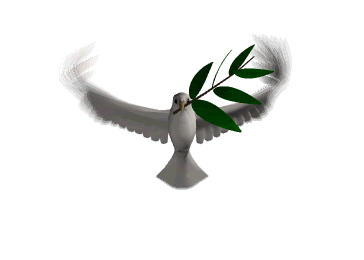Earth, our home planet, is a beautiful blue and white ball when seen from space. The third planet from the Sun, it is the largest of the inner planets. Earth is the only planet known to support life and to have liquid water at the surface
Interior and Surface
There are many different types of features on Earth’s surface due to the complexity of our planet. The surface is unique from the other planets because it is the only one which has liquid water in such large quantities. Water forms some features of Earth's surface such as rivers, oceans, beaches and lakes. Other surface features, such as mountains, earthquakes and volcanoes, are formed when large pieces of the Earth’s outer layer move slowly by plate tectonics
The first time people got a glimpse of the whole Earth was December 1968. Apollo 8 astronauts took pictures of the Earth as they traveled to and from the Moon. In their photographs, the Earth looks like a small blue and white marble in a sea of black space. Looking at the planet from that far away makes it easy to see that all its parts – the living things, the air, the water, the ice, and the rocks - are connected. Everything on Earth is in the same boat floating through space - a system.
Since the 1980s, NASA scientists have been studying the Earth as they study other planets – mainly from above with satellites. Based on this way of looking at Earth, they developed the idea of Earth system science.
“From space we can view the Earth as a whole system, observe the net results of complex interactions, and begin to understand how the planet is changing in response to natural and human influences,” NASA explained in a 2003 report.

























No comments:
Post a Comment